Home>Gardening & Outdoor>Landscaping Ideas>What Does A Grass Spider Bite Look Like
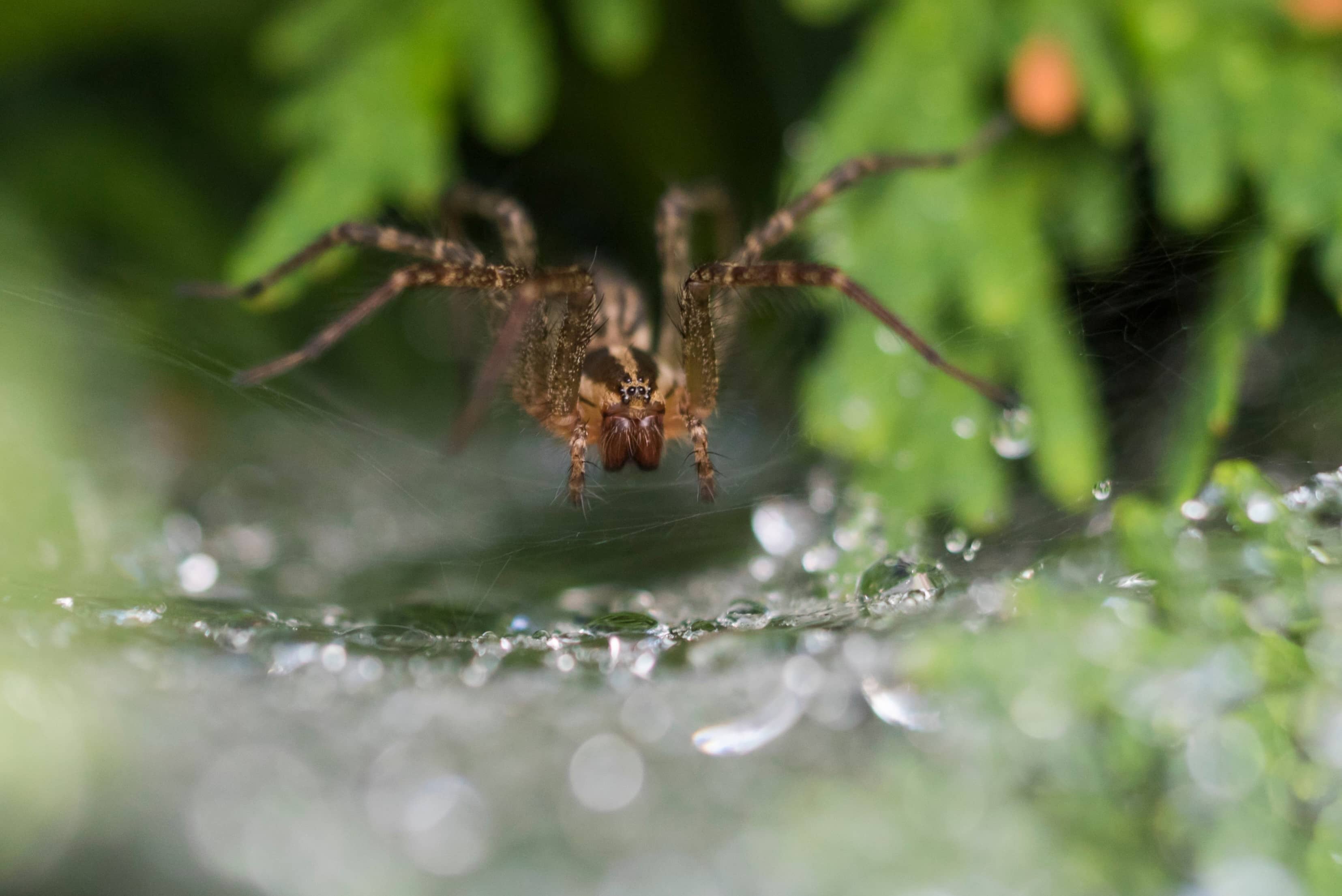

Landscaping Ideas
What Does A Grass Spider Bite Look Like
Published: February 1, 2024
Discover what a grass spider bite looks like and how to identify it. Get landscaping ideas to keep spiders away and create a safe outdoor space.
(Many of the links in this article redirect to a specific reviewed product. Your purchase of these products through affiliate links helps to generate commission for Storables.com, at no extra cost. Learn more)
Introduction
Grass spiders, scientifically known as Agelenopsis, are common arachnids found in grassy and wooded areas across North America. While these spiders are generally harmless to humans, they may bite if they feel threatened or cornered. Understanding the characteristics of a grass spider bite, its symptoms, and appropriate treatment is essential for anyone spending time in areas where these spiders reside.
In this article, we will explore the signs and symptoms of a grass spider bite, how to identify it, and the necessary steps to take if bitten. Additionally, we will discuss when it is advisable to seek medical assistance and provide valuable insights on preventing grass spider bites. By the end of this read, you will be well-informed about grass spider bites and equipped with the knowledge to handle them effectively.
Key Takeaways:
- Grass spider bites may appear as small red bumps, often on exposed skin. They cause mild pain, itching, and swelling, but severe reactions are rare. Basic home care can alleviate discomfort.
- To prevent grass spider bites, wear protective clothing, use insect repellent, and be cautious when handling outdoor items. Understanding bite characteristics and seeking medical help when needed is crucial.
Read more: What Does Crabgrass Look Like
Identifying a Grass Spider Bite
Recognizing a grass spider bite can be challenging, as the symptoms are often similar to those of other insect bites. However, there are certain characteristics that can help distinguish a grass spider bite from other common bites. When identifying a grass spider bite, consider the following factors:
- Appearance: Grass spider bites typically appear as small, red bumps on the skin. They may resemble mosquito bites or other mild insect bites. In some cases, the bite marks may show two small puncture wounds.
- Location: Grass spider bites commonly occur on exposed areas of the body, such as the arms, legs, and hands. These spiders are ground-dwellers and are often encountered in outdoor settings, so their bites are more likely to occur on areas of the body that come into direct contact with the ground or vegetation.
- Pain and Itching: After being bitten, individuals may experience mild pain, redness, and itching around the bite site. The discomfort is usually localized and may persist for a few days.
- Timing: The onset of symptoms following a grass spider bite may vary from person to person. Some individuals may notice the effects almost immediately, while others may experience a delayed reaction.
It is important to note that while these characteristics can help in identifying a grass spider bite, it is not always easy to definitively attribute a bite to a specific type of spider. If there is uncertainty about the origin of a bite or if symptoms worsen, seeking professional medical advice is recommended.
Understanding the distinguishing features of a grass spider bite is valuable in determining the appropriate course of action. In the following sections, we will delve into the symptoms of a grass spider bite and the necessary steps for effective treatment.
Symptoms of a Grass Spider Bite
While grass spider bites are generally mild and seldom cause severe reactions, it is important to be aware of the potential symptoms that may accompany a bite. Understanding these symptoms can aid in prompt identification and appropriate management. The following are common symptoms associated with grass spider bites:
- Localized Pain and Swelling: Following a grass spider bite, individuals may experience localized pain and swelling at the site of the bite. This discomfort is often mild to moderate in intensity and may subside within a few days.
- Redness and Itching: The bite area may exhibit redness and itching, which can contribute to discomfort and irritation. It is important to refrain from scratching the affected area to prevent potential infection.
- Mild Systemic Symptoms: In some cases, individuals may experience mild systemic symptoms, such as headache, nausea, or fatigue. These symptoms are typically transient and resolve without the need for medical intervention.
- Delayed Onset of Symptoms: While some individuals may notice immediate effects after a grass spider bite, others may experience a delayed onset of symptoms. It is not uncommon for symptoms to manifest several hours after the initial bite.
It is essential to emphasize that severe or widespread symptoms following a grass spider bite are rare. However, if an individual exhibits signs of a severe allergic reaction, such as difficulty breathing, swelling of the face or throat, or dizziness, immediate medical attention should be sought.
It is important to approach the management of grass spider bites with attentiveness and caution. In the subsequent section, we will explore the appropriate treatment measures for alleviating the effects of a grass spider bite.
Treatment for Grass Spider Bites
Upon discovering a grass spider bite, it is crucial to initiate appropriate treatment measures to alleviate discomfort and promote healing. While grass spider bites typically cause mild symptoms, implementing the following steps can aid in managing the effects of the bite:
- Clean the Bite Area: Begin by gently cleansing the affected area with mild soap and water to prevent infection. Pat the area dry with a clean cloth or towel.
- Cool Compress: Applying a cool compress or ice pack to the bite site can help reduce pain, swelling, and itching. Be sure to wrap the ice pack in a cloth to avoid direct contact with the skin.
- Over-the-Counter Remedies: Over-the-counter antihistamines or anti-itch creams can be used to alleviate itching and discomfort. These products can provide relief and promote healing of the affected area.
- Topical Corticosteroids: In cases where itching and inflammation persist, a healthcare professional may recommend the use of topical corticosteroids to manage these symptoms effectively.
- Monitor for Infection: Keep a close watch on the bite area for any signs of infection, such as increasing redness, warmth, or discharge. If signs of infection are observed, seek medical attention promptly.
It is important to note that while these treatment measures can aid in alleviating the effects of a grass spider bite, individuals with a history of severe allergic reactions or those experiencing widespread symptoms should seek medical evaluation to ensure appropriate care and management.
By diligently implementing these treatment measures, individuals can effectively address the symptoms associated with grass spider bites and facilitate the healing process. In the subsequent section, we will delve into the circumstances that warrant seeking medical assistance following a grass spider bite.
A grass spider bite may appear as a red, swollen area with two small puncture marks. It may be itchy or painful. Clean the area and apply a cold compress to reduce swelling. If symptoms worsen, seek medical attention.
When to Seek Medical Help
While most grass spider bites result in mild symptoms that can be managed with basic home care, there are certain circumstances in which seeking medical assistance is advisable. It is essential to be mindful of the following scenarios that warrant prompt medical evaluation:
- Severe Allergic Reactions: If an individual exhibits signs of a severe allergic reaction following a grass spider bite, such as difficulty breathing, swelling of the face or throat, or dizziness, immediate medical attention should be sought. Severe allergic reactions require urgent intervention to prevent potentially life-threatening complications.
- Worsening Symptoms: If the symptoms associated with a grass spider bite worsen or persist beyond a few days, it is recommended to consult a healthcare professional. This is particularly important if the affected area shows signs of infection, such as increasing redness, warmth, or discharge.
- History of Severe Reactions: Individuals with a history of severe allergic reactions to insect bites or stings should seek medical evaluation following a grass spider bite, as they may be at an increased risk of experiencing a more pronounced reaction.
- Uncertain Bite Origin: In cases where there is uncertainty about the origin of a bite or if the symptoms do not align with typical grass spider bite effects, consulting a healthcare provider can aid in accurate diagnosis and appropriate management.
It is important to emphasize that while severe reactions to grass spider bites are rare, prompt medical evaluation is crucial when warranted. Seeking timely medical assistance in the aforementioned scenarios can ensure proper assessment and management of the bite’s effects.
Understanding the circumstances that necessitate seeking medical help following a grass spider bite empowers individuals to make informed decisions about their care. In the following section, we will explore preventive measures to minimize the risk of grass spider bites.
Read more: What Bed Bug Bites Look Like
Preventing Grass Spider Bites
Implementing preventive measures to minimize the risk of grass spider bites is essential, especially for individuals who frequent outdoor areas where these spiders are commonly found. By adopting the following practices, individuals can reduce their likelihood of encountering and being bitten by grass spiders:
- Wear Protective Clothing: When spending time in grassy or wooded areas, wear long-sleeved shirts, long pants, and closed-toe shoes to minimize skin exposure and reduce the risk of bites.
- Use Insect Repellent: Apply insect repellent containing DEET or picaridin to exposed skin and clothing to deter grass spiders and other biting insects.
- Shake Out Clothing and Shoes: Before putting on clothing or footwear that has been left outdoors, shake them out to dislodge any spiders or insects that may be hiding inside.
- Exercise Caution When Handling Outdoor Objects: Be mindful when moving outdoor items such as gardening equipment, firewood, or outdoor furniture, as these objects may harbor grass spiders and other arachnids.
- Maintain Outdoor Areas: Keep outdoor spaces well-maintained by regularly mowing the lawn, trimming vegetation, and removing debris to minimize spider habitats near the home.
By incorporating these preventive measures into their outdoor routines, individuals can significantly reduce the likelihood of encountering grass spiders and experiencing bites. Additionally, fostering awareness of spider habitats and behaviors can contribute to a proactive approach in preventing bites.
By implementing these preventive measures, individuals can minimize the risk of grass spider bites and create safer outdoor environments for themselves and their families. In the concluding section, we will recap the key insights and takeaways regarding grass spider bites.
Conclusion
Grass spider bites, while generally mild in nature, can cause discomfort and irritation for those affected. Recognizing the signs and symptoms of a grass spider bite, understanding appropriate treatment measures, and knowing when to seek medical assistance are essential aspects of managing these bites effectively.
Identifying a grass spider bite involves considering the appearance, location, and timing of the bite, although definitive attribution can be challenging. The symptoms of a grass spider bite typically include localized pain, redness, and itching, which can be managed through basic home care measures. However, in cases of severe allergic reactions, worsening symptoms, or uncertainty about the bite origin, seeking medical evaluation is crucial.
When addressing grass spider bites, implementing proper treatment measures, such as cleaning the bite area, applying cool compresses, and monitoring for signs of infection, can aid in alleviating discomfort and promoting healing. Additionally, being mindful of when to seek medical help ensures timely intervention when necessary.
Preventive measures play a pivotal role in minimizing the risk of grass spider bites. Wearing protective clothing, using insect repellent, and exercising caution when handling outdoor objects are effective strategies for reducing the likelihood of encounters with grass spiders. By adopting these practices, individuals can create safer outdoor environments and mitigate the risk of bites.
By fostering awareness of grass spider bites and incorporating preventive measures into outdoor routines, individuals can confidently navigate grassy and wooded areas while minimizing the potential impact of these arachnid encounters. Understanding the characteristics of grass spider bites and being equipped with the knowledge to manage them empowers individuals to enjoy outdoor activities with greater peace of mind.
Ultimately, by staying informed and proactive, individuals can effectively address and mitigate the effects of grass spider bites, fostering a safer and more enjoyable outdoor experience for themselves and their families.
Frequently Asked Questions about What Does A Grass Spider Bite Look Like
Was this page helpful?
At Storables.com, we guarantee accurate and reliable information. Our content, validated by Expert Board Contributors, is crafted following stringent Editorial Policies. We're committed to providing you with well-researched, expert-backed insights for all your informational needs.
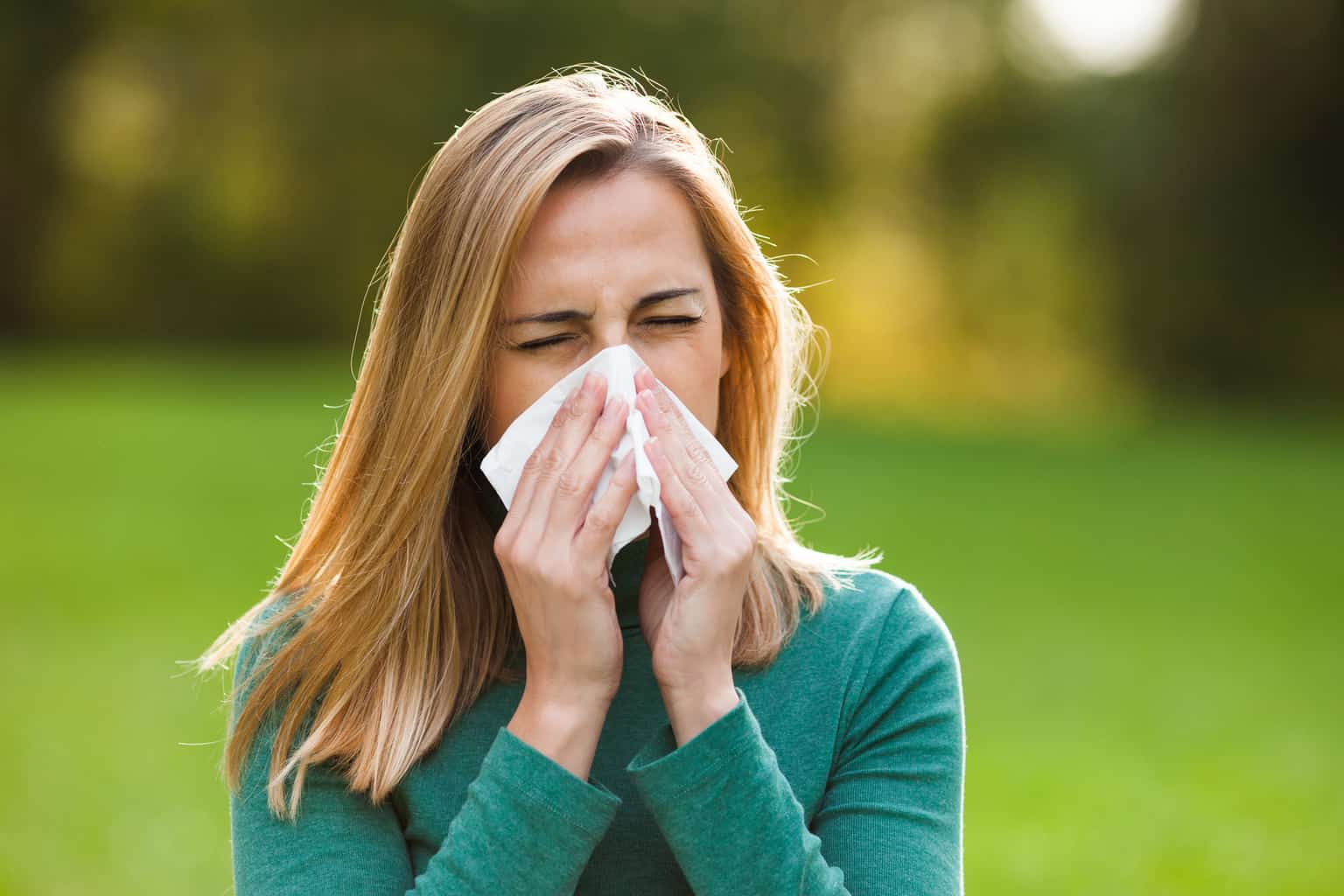
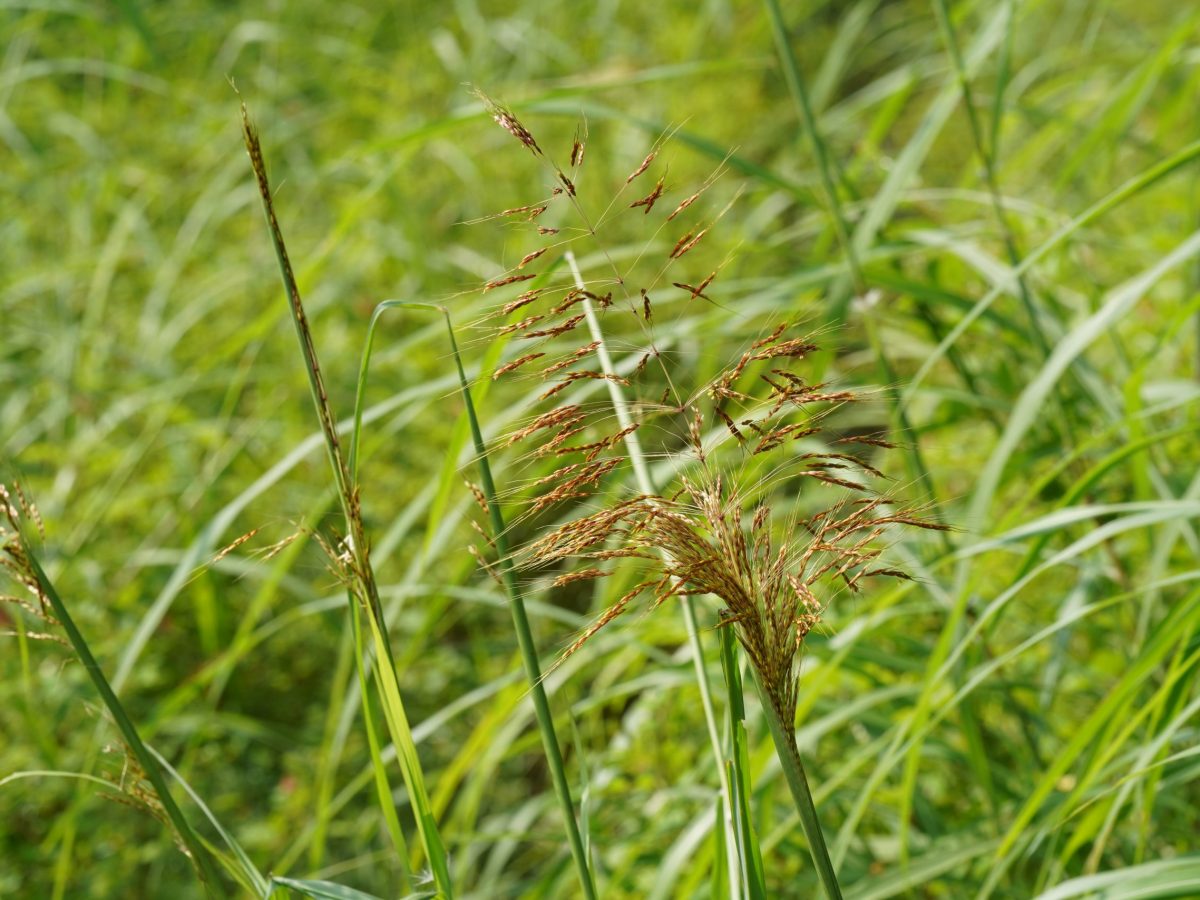
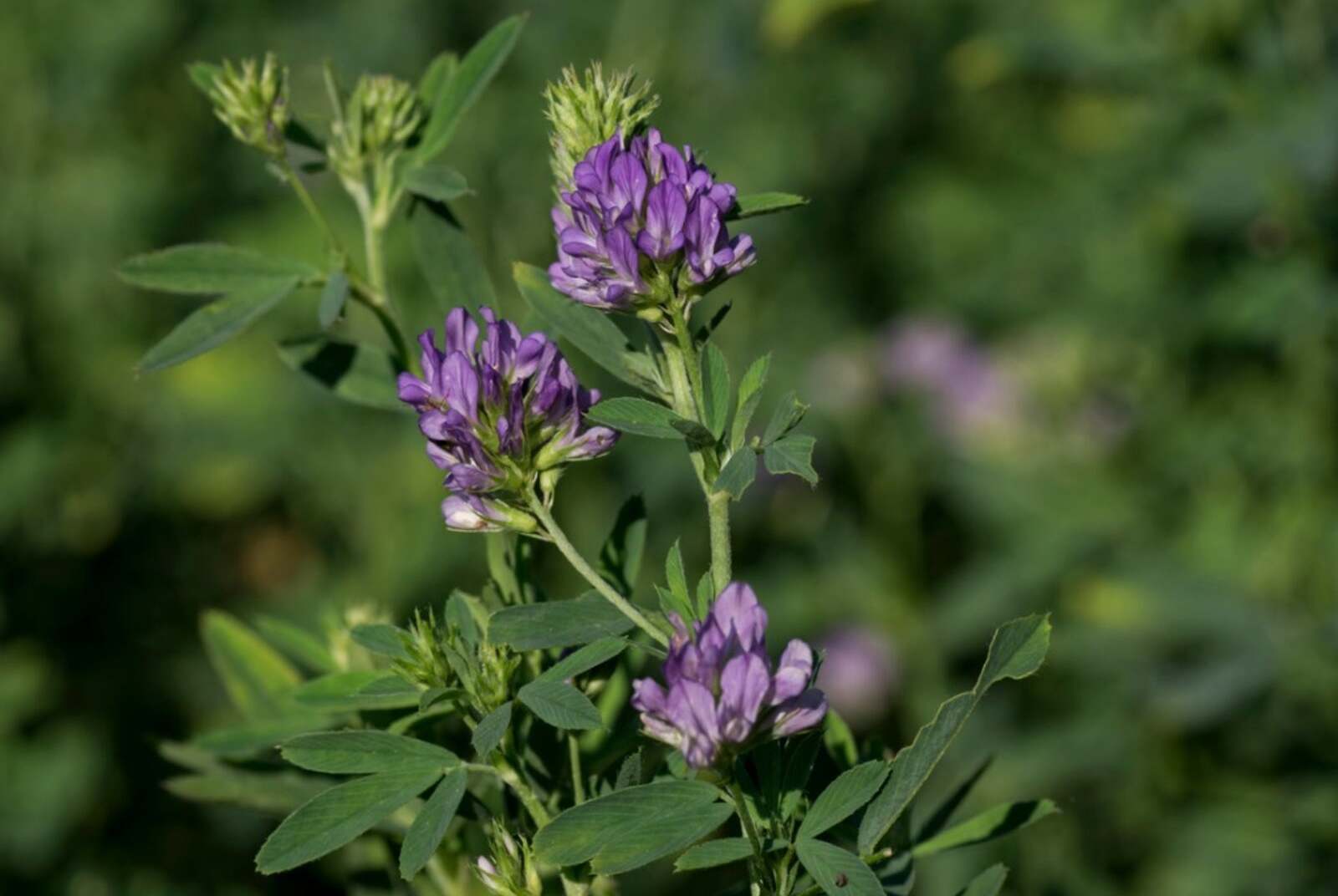
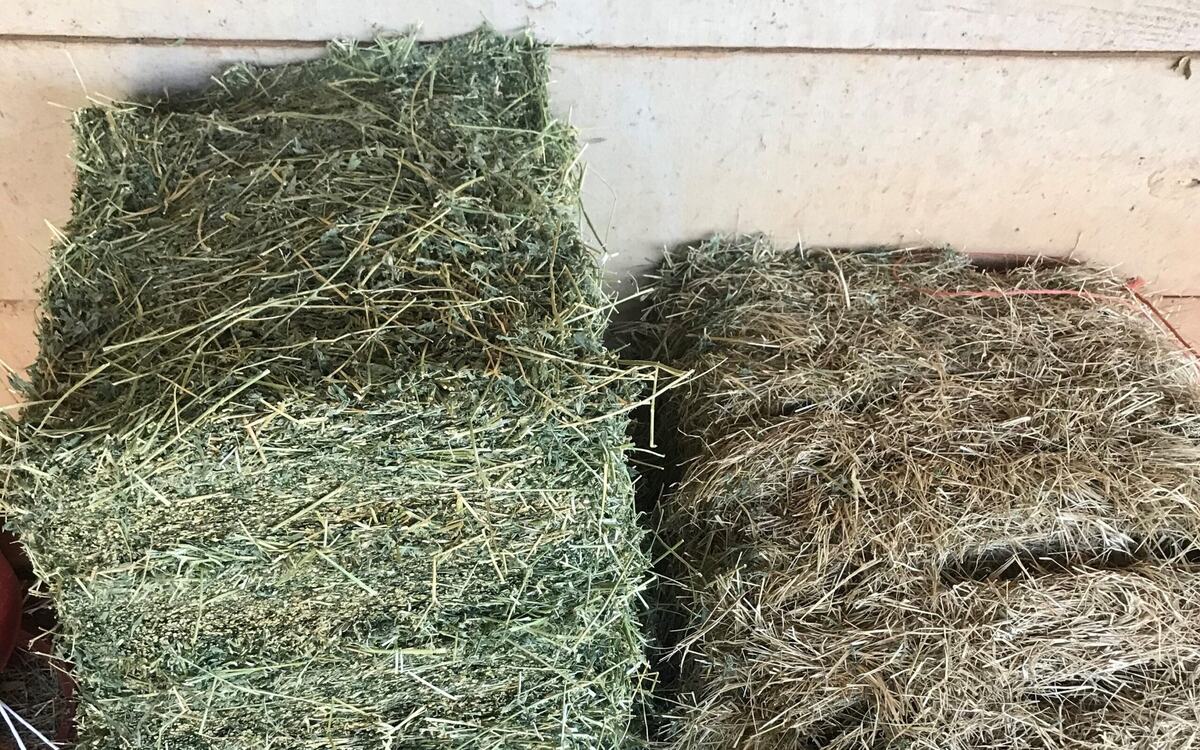
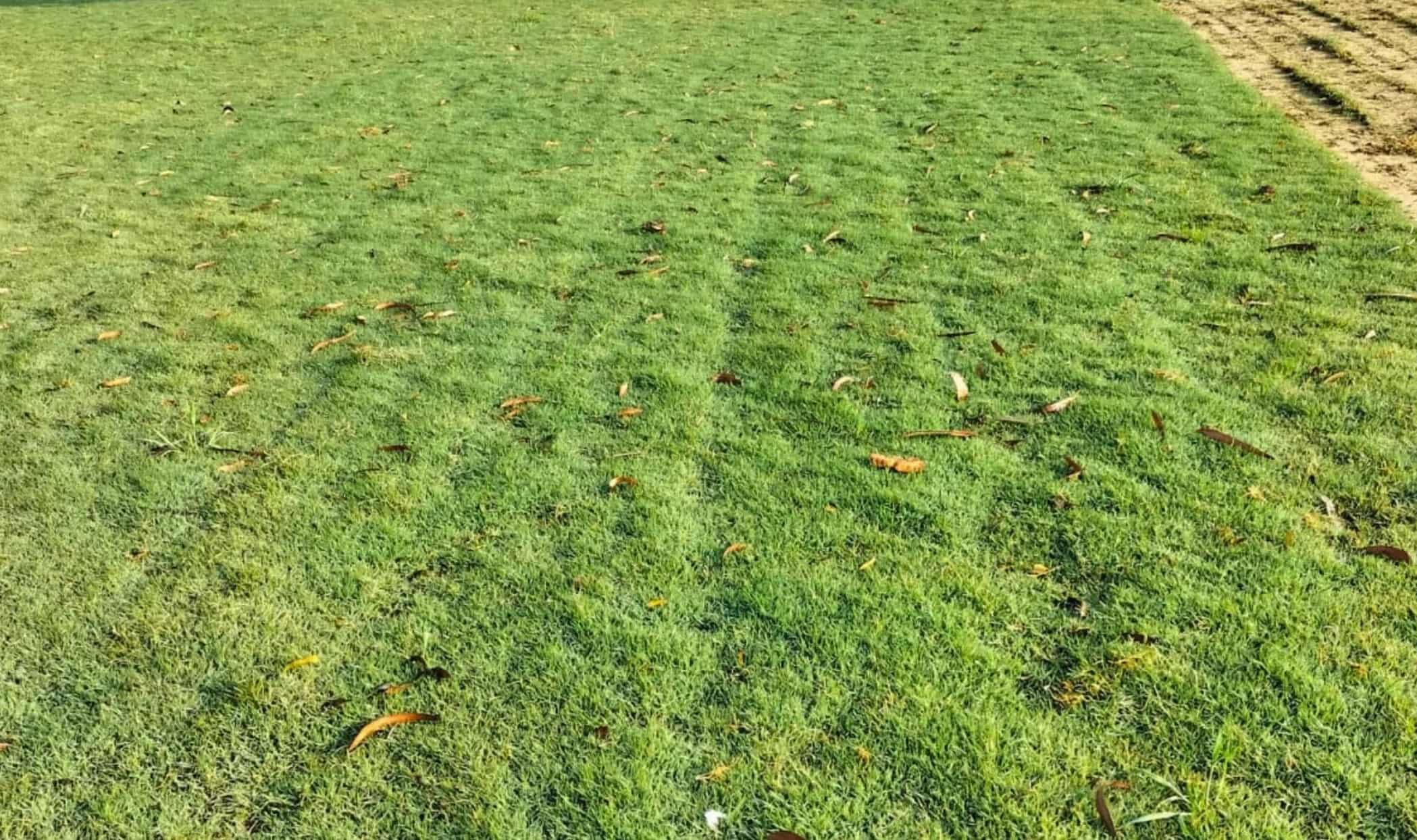
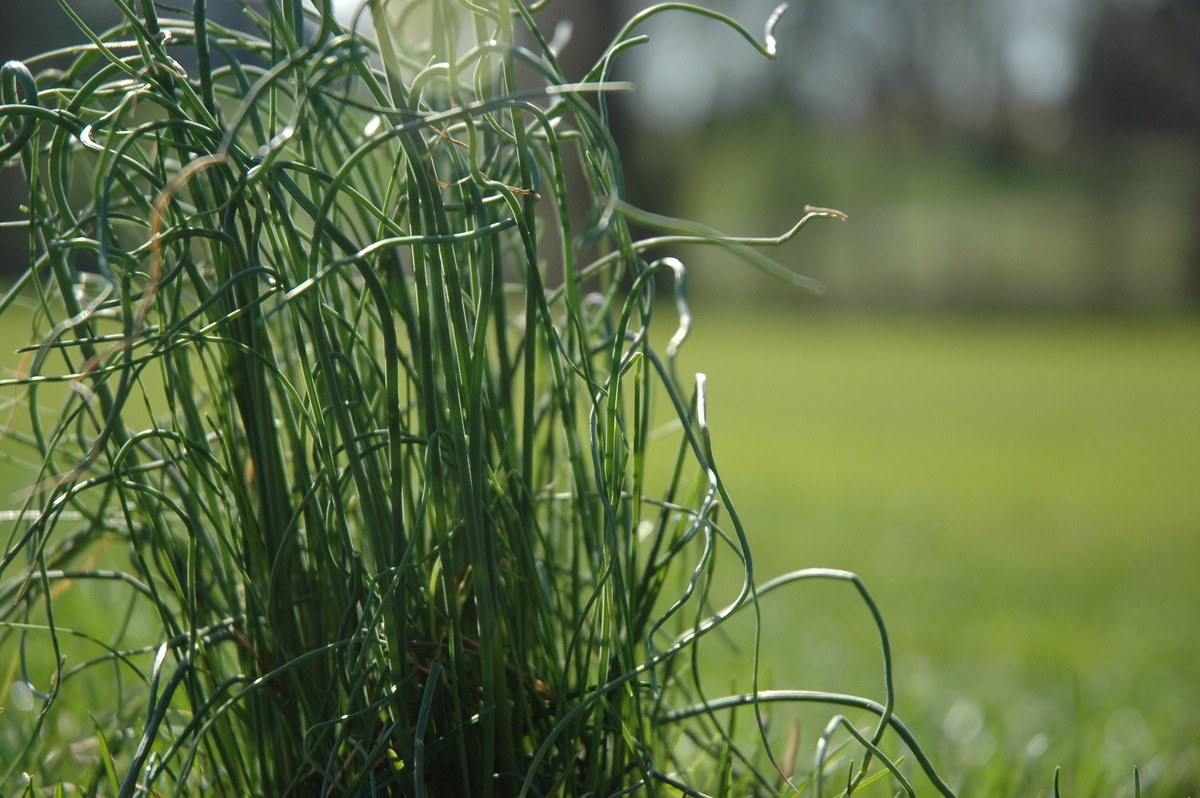

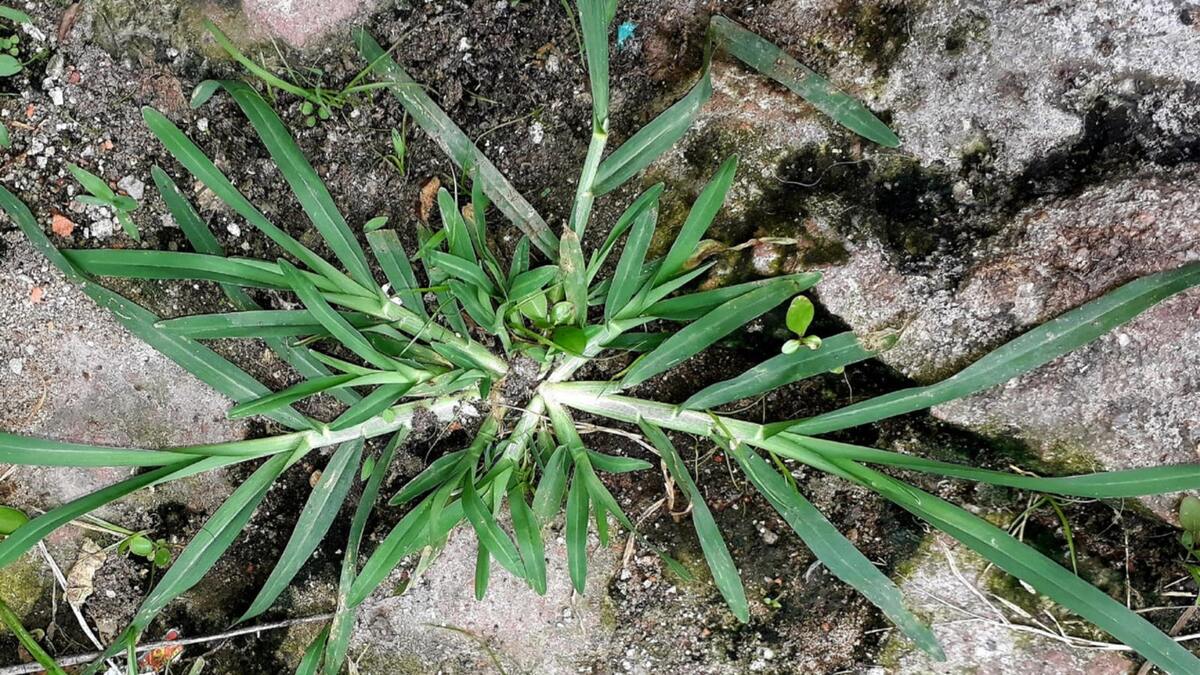
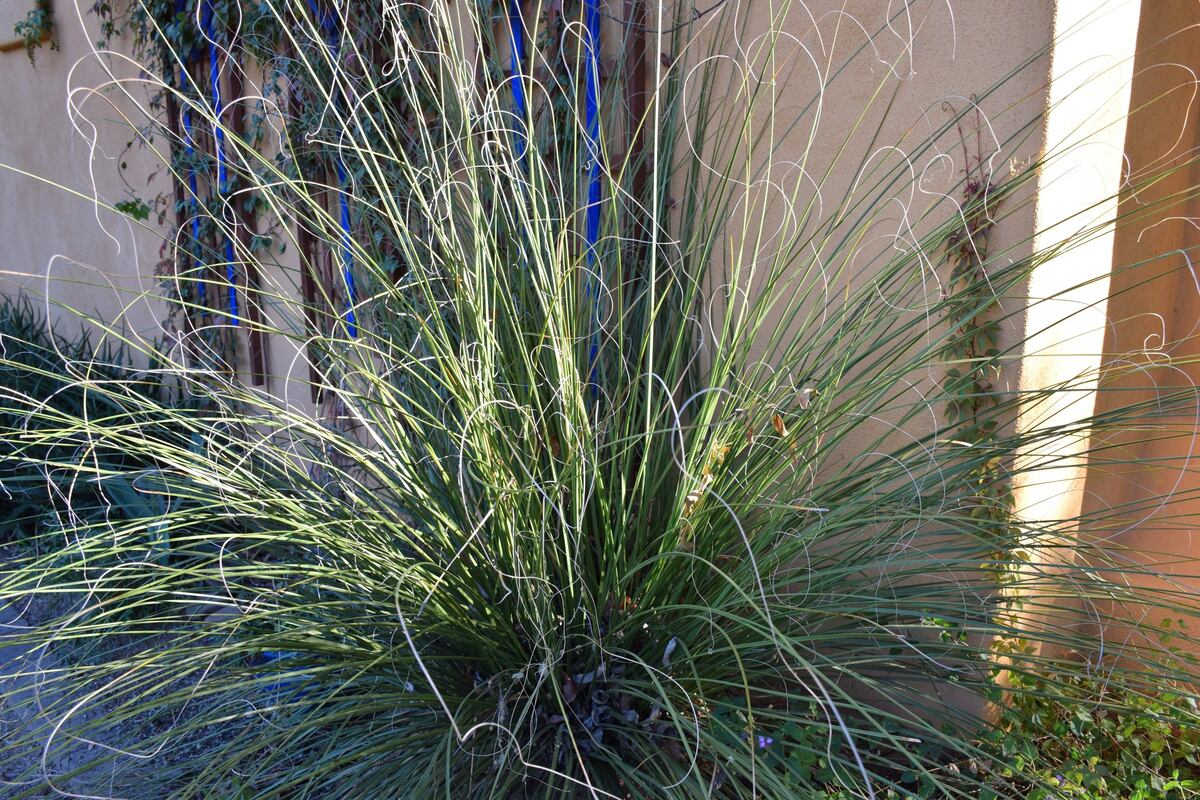
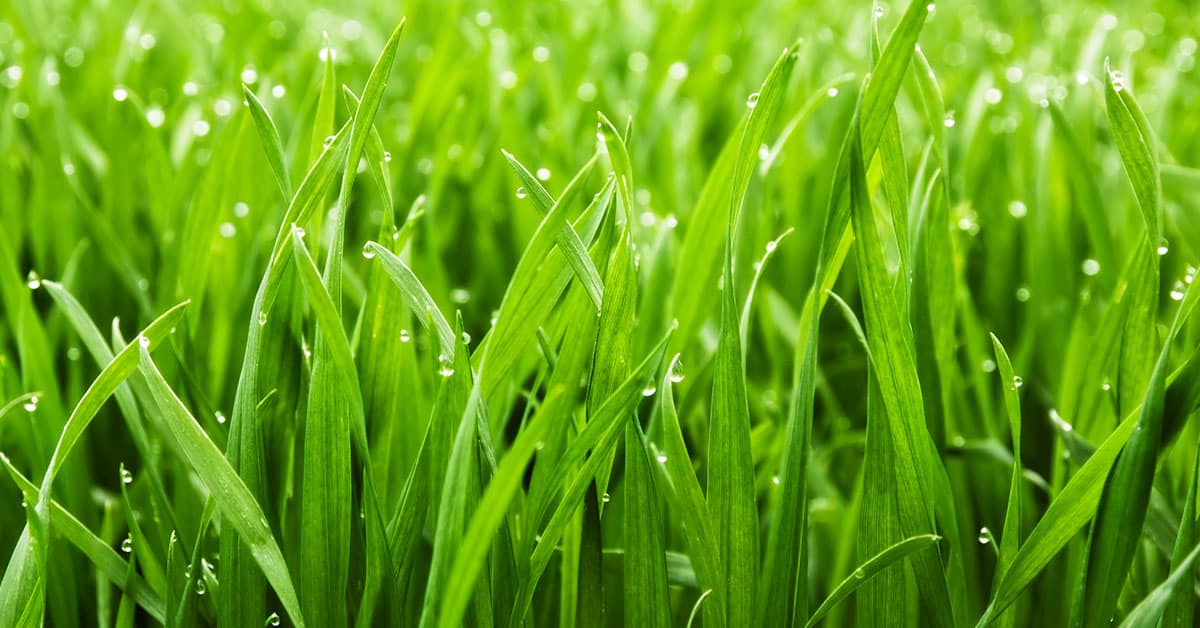
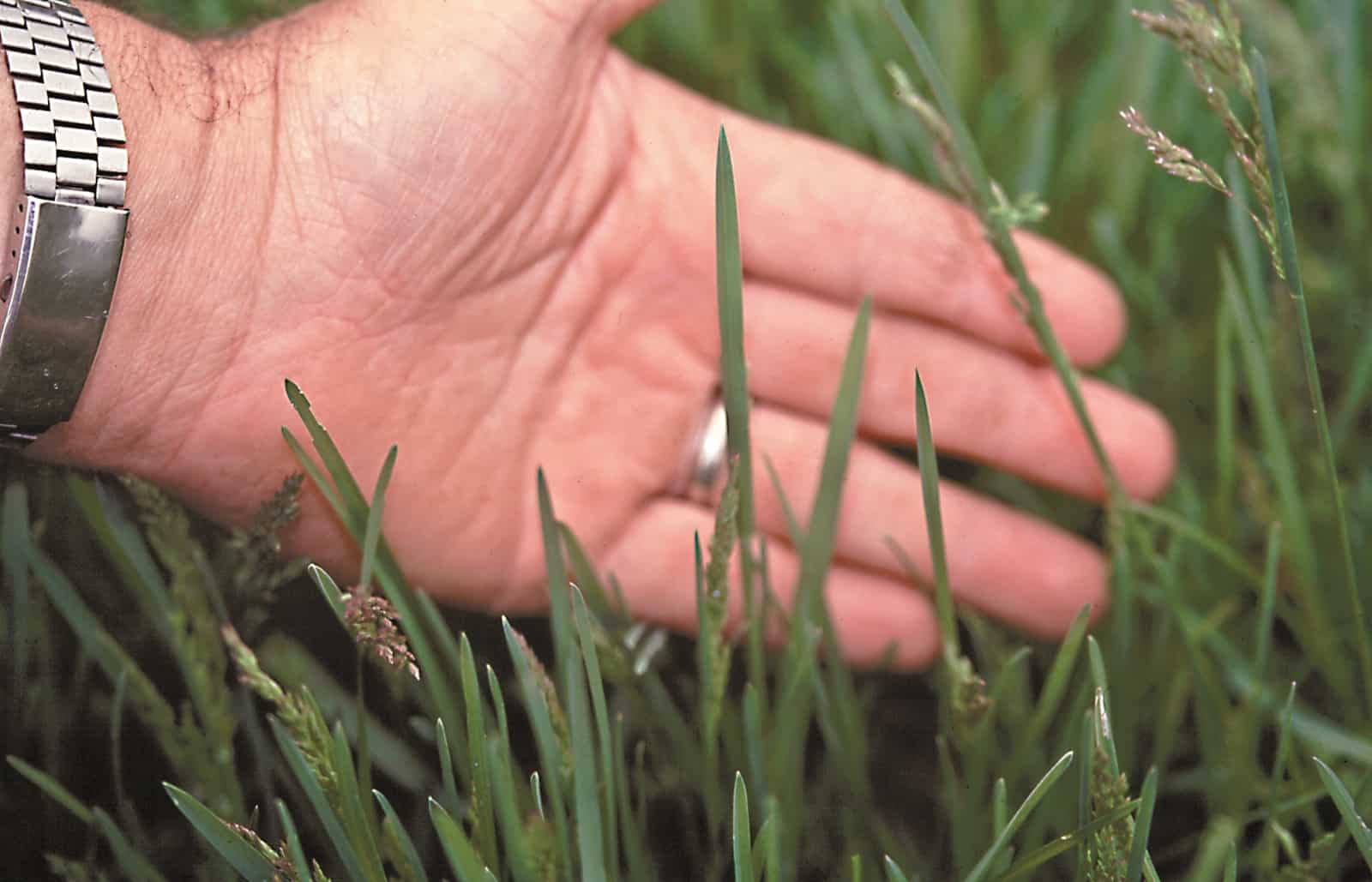
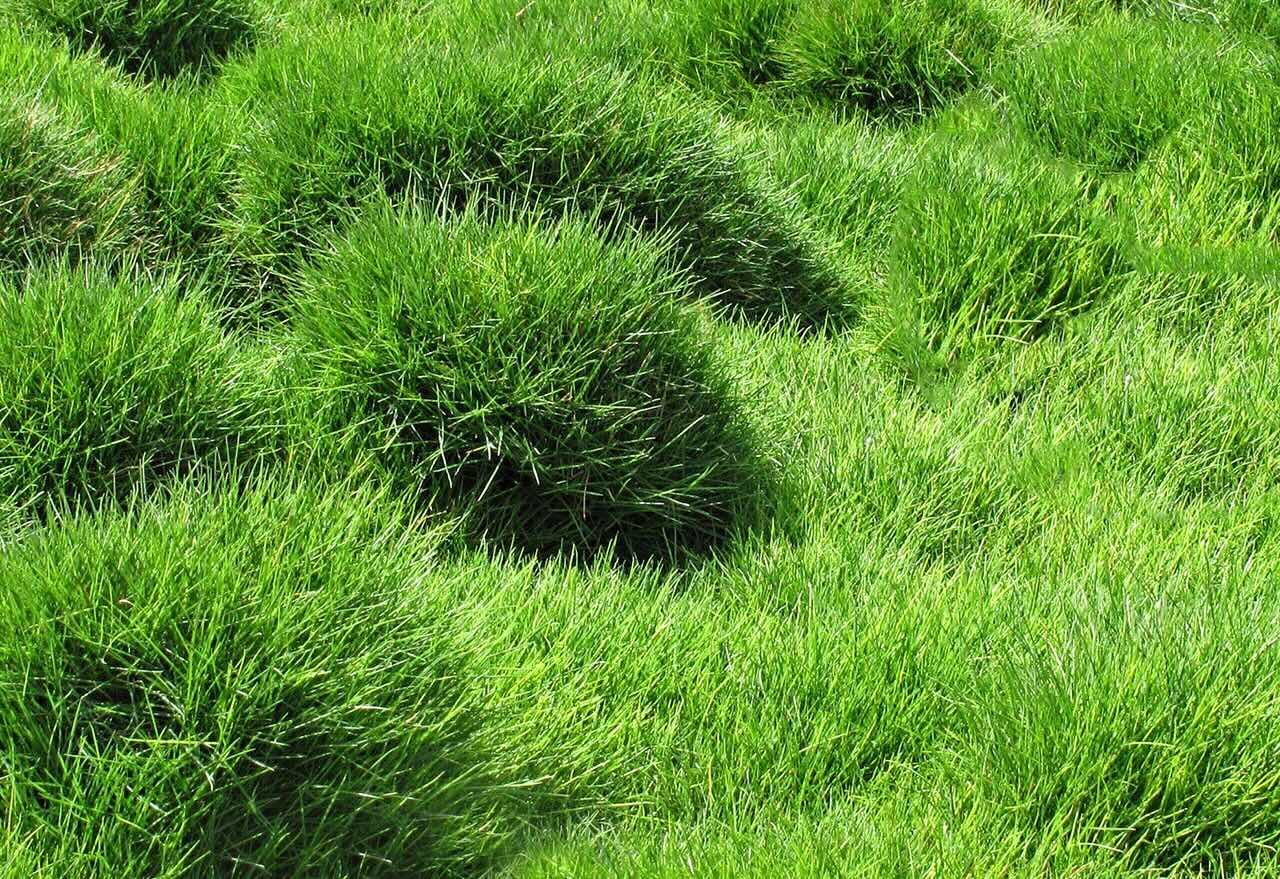
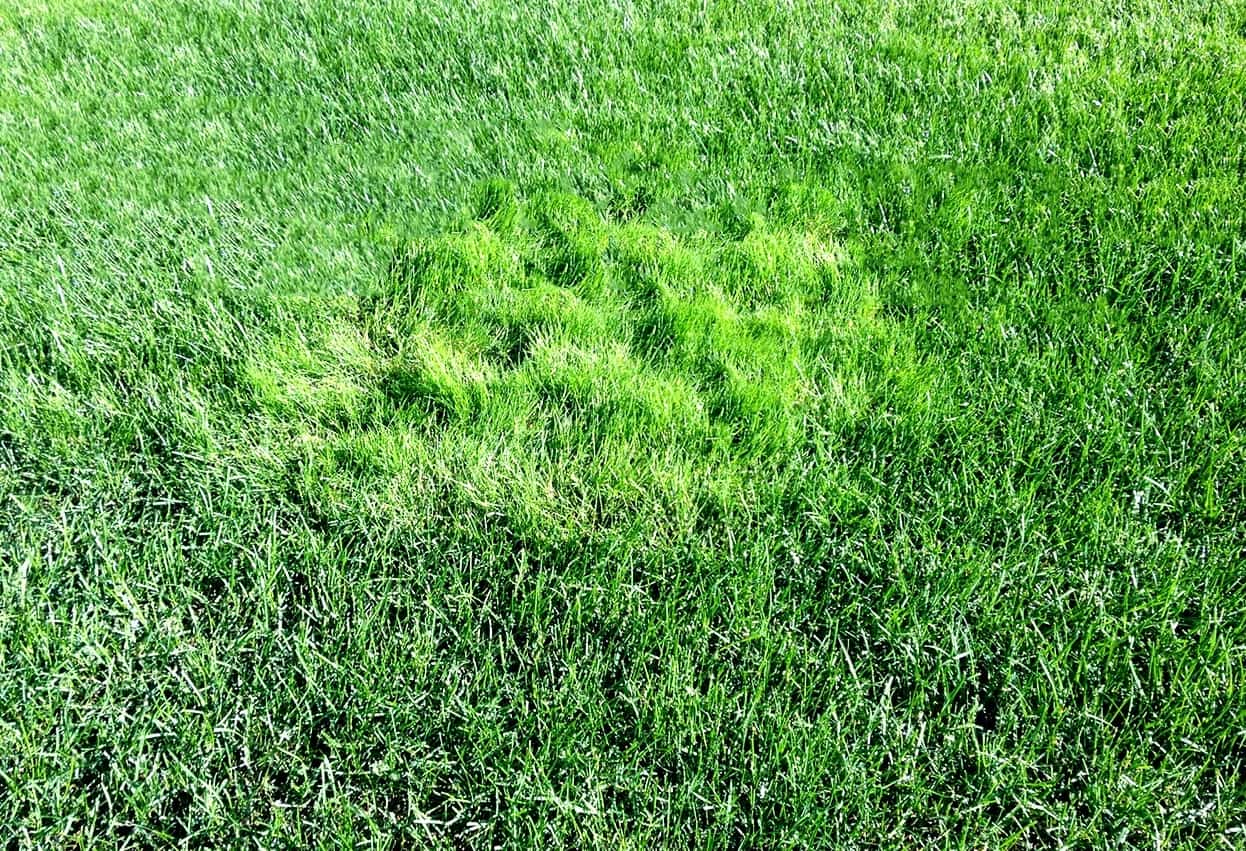
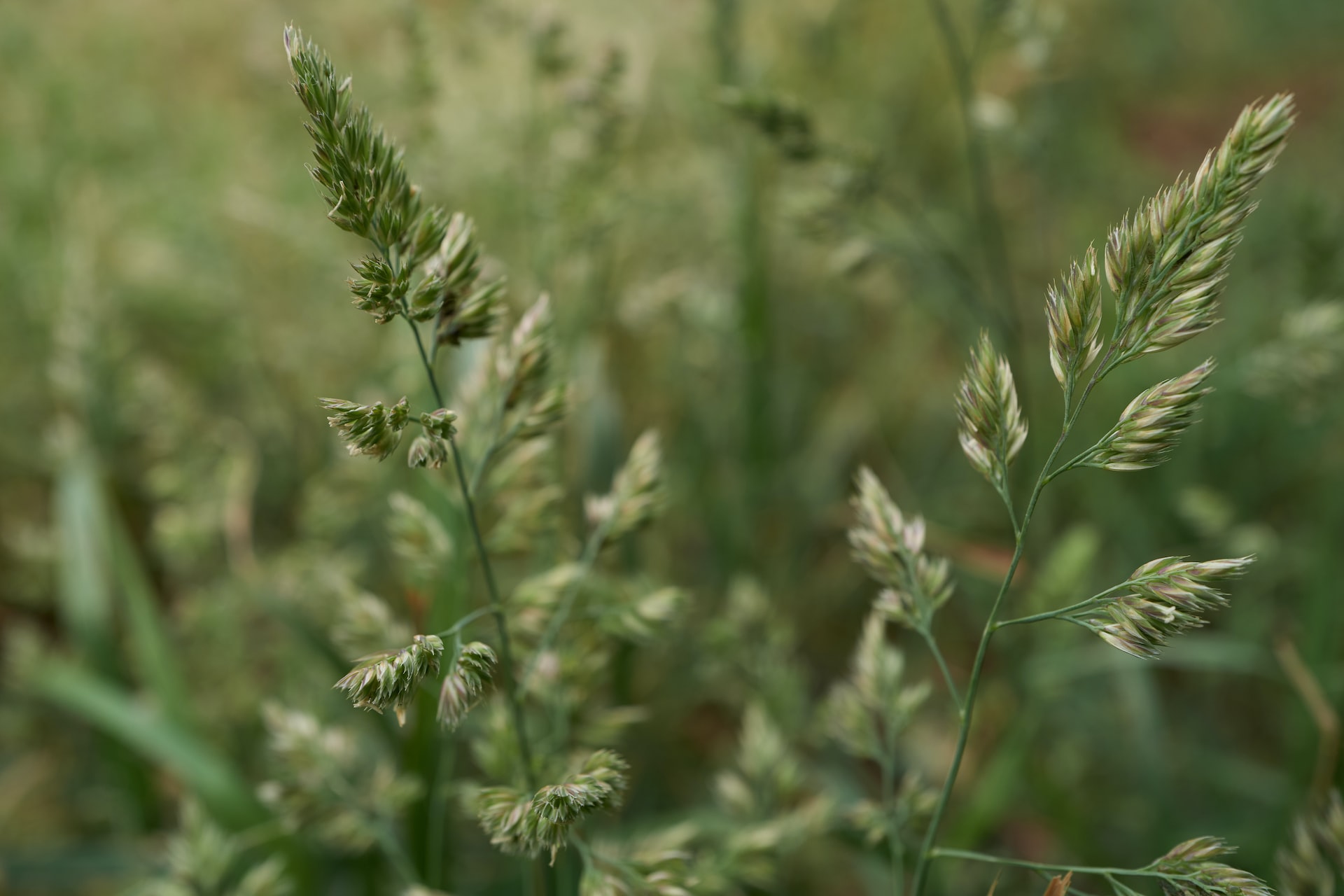

0 thoughts on “What Does A Grass Spider Bite Look Like”